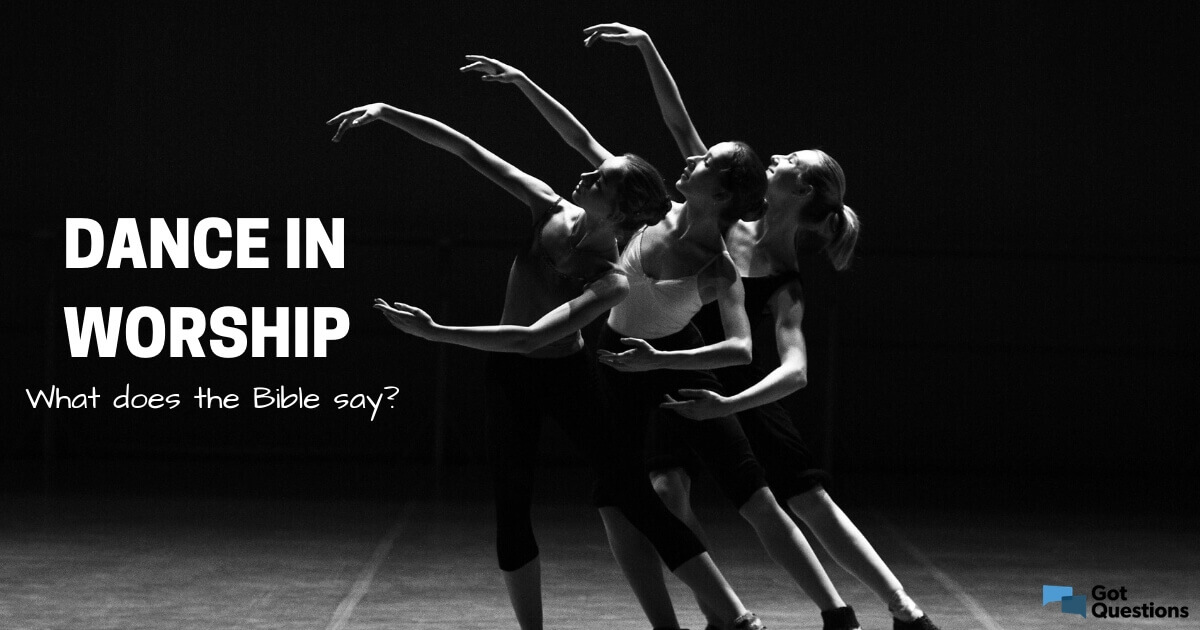P
patrick jane
Guest
Dance in worship - what does the Bible say?

Dance in worship - what does the Bible say? | GotQuestions.org
Dance in worship - what does the Bible say? Does the Bible mention dancing in connection with worship?
www.gotquestions.org
Dance is mentioned on many occasions in Scripture. The first appearance of God’s people dancing as an act of worship is found in Exodus 15:20: “Miriam the prophetess, Aaron’s sister, took a tambourine in her hand, and all the women followed her, with tambourines and dancing.” This joyful dance to the Lord, led by Miriam, followed Israel’s crossing of the Red Sea and celebrated Israel’s newfound freedom from slavery.
However, dancing is not always presented in a positive light in the Bible. Soon after Miriam’s dance of praise, the Israelites were found dancing before a golden calf in worship. “When Moses approached the camp and saw the calf and the dancing, his anger burned and he threw the tablets out of his hands, breaking them to pieces at the foot of the mountain” (Exodus 32:19). On this occasion dancing was part of a wicked, idolatrous carousal. Thus, dancing is a mode of expression that can be used for good or for evil.
Other instances of dancing in the Bible include 2 Samuel 6:16, which has David “leaping and dancing before the LORD.” Also, the Amalekites danced in celebration after plundering Judah and Philistia (1 Samuel 30:16); theirs was a short-lived dance, however, as David and his men soon defeated them (verses 17-20).
The Psalms offer a unique look at dance as an act of worship. In Psalm 30:11, the psalmist says, “You turned my wailing into dancing.” Psalm 149:3 encourages the use of dancing to worship God: “Let them praise his name with dancing!” Likewise, Psalm 150:4 urges, “Praise him with tambourine and dancing!” just like Miriam.
Some have argued that dance is an Old Testament form of expression. Since dance is not mentioned as a method of worship in the New Testament, Christians should not worship in this manner. However, this is an argument from silence and is not based on clear biblical teaching. Most early Christians were Jewish and likely would have incorporated Jewish forms of worship in their praise to the risen Messiah.
Another concern has been the association of dance with sinful activities. The idea is that, if dance is used in worship, it could be seen as approving dance in other situations that do not honor God. However, this is not necessarily the case. The Amalekites’ dancing in 1 Samuel did not prevent David from dancing in 2 Samuel. Christians can and should utilize dance as they do any other art form such as music, painting, drama, or filmmaking. As long as dance is worshipful, God-focused, and praiseworthy, it can have a proper place in worship. Worship dance is a far cry from the seductive dance of the daughter of Herodias (Mark 6:17-28).
Finally, it is important to understand that dance in the context of worship is not simply self-expression. It should be done in a way that is helpful to the entire congregation. Paul noted that “everything should be done in a fitting and orderly way” in the church (1 Corinthians 14:40). “Everything” would include the use of dance in worship. Anything during a worship gathering that distracts from a focus on Christ should be left out. Each congregation bears the responsibility to structure its worship service in a way that honors God and encourages those within their group.
Dance is used as an act of worship in Scripture and can continue to be used in that way today. However, churches should take care to avoid dance that leads others to temptation or sin, and the focus must remain on worshiping God rather than drawing attention to self. When practiced in this way, dance is a beautiful art form that can communicate truth, bringing glory to God and edifying others.

